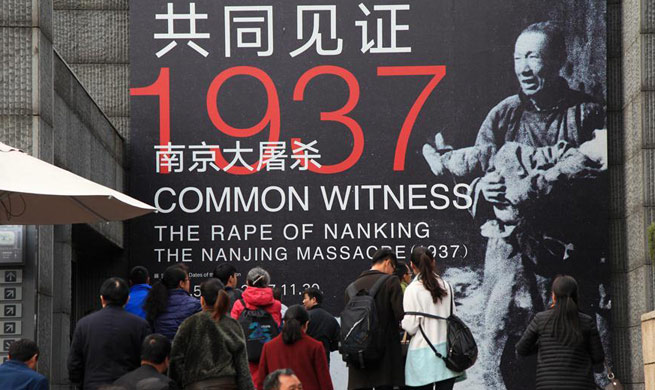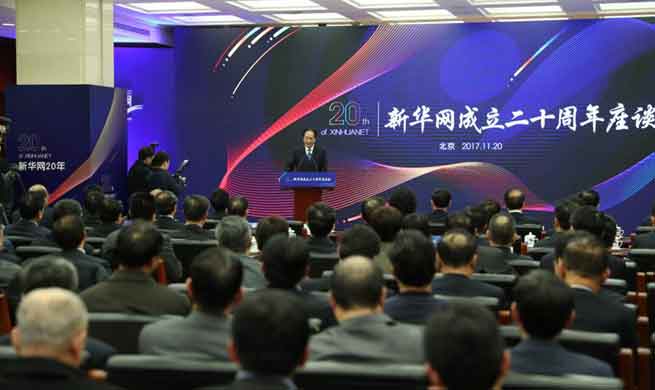GENEVA, Nov. 20 (Xinhua) -- Remarkable progress has been made on HIV treatment over the past 15 years, with about 57 percent of all the people worldwide living with HIV currently on treatment, according to UNAIDS' latest data on Monday.
In 2000, just 685,000 people living with HIV had access to antiretroviral therapy; by June 2017, around 20.9 million people of the 36.7 million globally living with HIV had access to the life-saving medicines, according to the latest UNAIDS report, Right to Health, launched ahead of World AIDS Day.
"This is the kind of acceleration we need to encourage, sustain and replicate," said UNAIDS executive director Michel Sidibe.
As the population receiving HIV treatment is on steady rise, scientific research has also shown that a person living with HIV and adhering to an effective regime of antiretroviral therapy is up to 97 percent less likely to transmit HIV.
Meanwhile, treatment on pregnant women living with HIV has rapidly reduced new HIV infections among children, down by 56 percent from 2010 to 2016 in eastern and southern Africa, the region most affected by HIV, and by 47 percent globally.
The challenges now are to ensure that the rest nearly 16 million people in need of treatment, including 919,000 children, can access the medicines, and to put HIV prevention back at the top of public health programs particularly in countries where new HIV infections are rising.
New HIV infections are rising at a rapid pace in countries that have not expanded health and HIV services to the areas and the populations where they are most effective. In eastern Europe and central Asia, for example, new HIV infections have risen by 60 percent since 2010 and AIDS-related deaths by 27 percent.
Increasing funding for health is the key to reduce new HIV infections and AIDS-related deaths, the report underscores, as the funding gap for HIV is estimated at 7 billion U.S. dollars by 2020.
It also gives examples of how to enhance funding, such as increasing the share of health spending as a proportion of national economies, making savings through efficiencies and partnering with the private sector.
The Right to Health serves as a clear demonstration of the challenges ahead in efforts to end the AIDS epidemic as a public health threat by 2030, as outlined in the 2016 UN Political Declaration on Ending AIDS.

















